Rudder & Tiller
Image Gallery
Research
Pintles and Gudgeons
- See lots of images from Upgrading the Cruising Sailboat, p. 52
- Skeg-mounted rudders and rudders attached to full keels should have a heel bearing (usually bronze) that supports the weight of the rudder and also acts as a rudder to keel attachment. The heel bearing should extend along the base of the keel or the skeg to which it is thru-bolted to help distribute the loads imposed by the rudder on it. (Upgrading the Cruising Sailboat, p. 52)
Rudder
- The rudder should be well aft, it must be strong and have a reliable bearing and linkage system, and it must also project well below the water so it remains effective at all angles of heel….it must be symmetrical; even a small flat area on one side will cause the boat to be balanced on one tack, but unbalanced on the other (You can check for symmetry using straight edges or by making cardboard templates.)…the hydrodynamic issues concern balance, directional stability, and control effectiveness (Desirable and Undesirable Characteristics of Offshore Yachts, p. 92 – 3)
- Tremendous forces are constantly at work against your rudder, under way and even at anchor or at the dock. (Upgrading the Cruising Sailboat, p. 51)
- A skeg certainly can help to block out weeds or lines from lobster and crab pots. It can also be a good place to mount a propeller aperture leading from a short, unsupported shaft. Skeg construction can be tricky. If it is going to contribute its share of support for the rudder load, it should be molded to the hull rather than simply tacked on. Further, the construction of the lower end must be carefully thought out if you want to allow for removal of the rudder….the skeg-mounted rudder will turn less quickly, but will have camber – which keeps it from stalling at sharp angles of attack. (Desirable and Undesirable Characteristics of Offshore Yachts, p. 93)
- Vertical rudder stocks should enter the hull either through a glass or stainless steel tube bolted through a substantial block of wood….It wouldn’t hurt to strengthen the hull here, either by glassing in a heavier piece of plywood against the hull, adding extra layers of mat and woven roving in the area, or glassing in a few beams, between which the backing block can be glassed. Additionally, the stock should be supported higher up, where it passes into the cockpit or wherever else it emerges above deck. There should be a strong collar to support the stock and a bearing plate for firmly supported by structural members glassed to the hull….This reinforcement will protet the hull against normal loads and, in the sad event of a grounding, will even help prevent the rudder from being shoved up through the hull. Losing the rudder is one thing, losing the whole boat is a catasrophe. (Upgrading the Cruising Sailboat, p. 51)
- The stuffing box on the stock of an inboard rudder should be tightened until it does not drip at all. Some water penetration helps to lubricate a spinning prop shaft, but an oscillating rudderstock doesn’t need any additional lubrication. The constant motion does, however, result in wear, and the exposure of rudders always places them at risk of being damaged. (This Old Boat, p. 165)
Tiller
- The tiller or pedestal dominate[s] a cockpit…It out to go without saying that it should be easy to move around the wheel, but it rarely is….Steering loads are light most of the time, but in heavy weather, they rise exponentially. It is difficult to test a steering system at dockside to see if it is adequately built;…Whatever steering system, a cruising boat needs an effective emergency tiller; that is, one that can be rapidly and easily installed in difficult circumstances, which then provide meaningful steering. Too often, it is a struggle to fit the tiller and then, once in place, it has neither the leverage nor the swinging room to control the boat in heavy weather. (Cruising Handbook, p. 84)
- Not much can go wrong with a tiller, and for that reason alone it has much to recommend. An occasional application of grease or oil to the pivot and a protective coating on the wood. Tiller heads occasionally fail, especially when they are aluminum. Installing a stainless steel or bronze tiller head is a wise enhancement. (This Old Boat, p. 167)
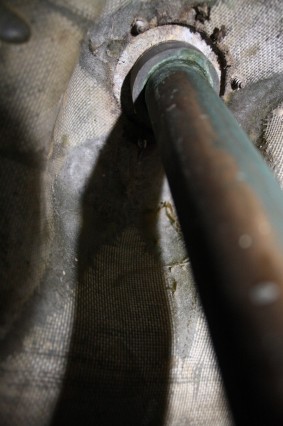
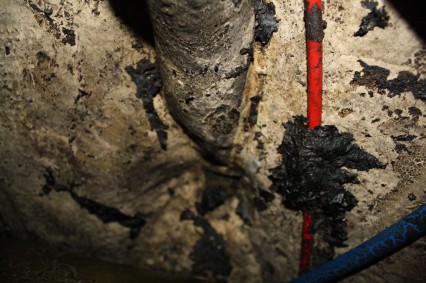
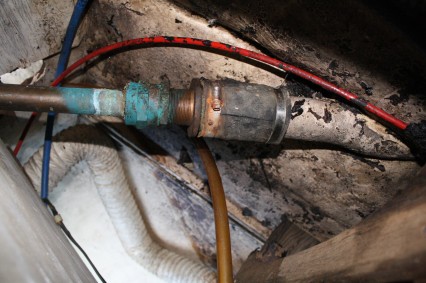
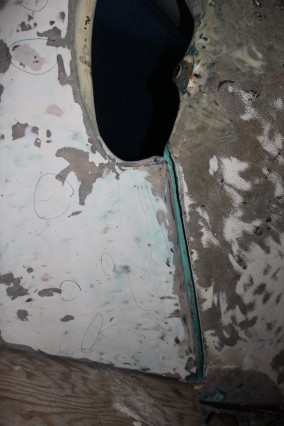
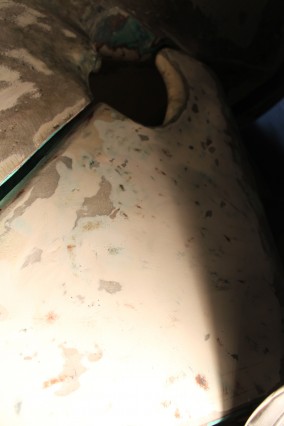
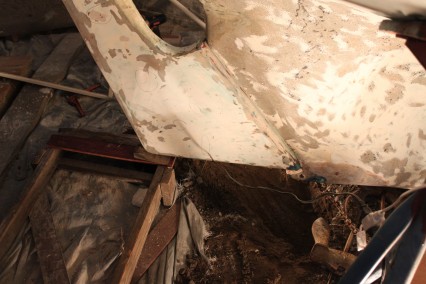
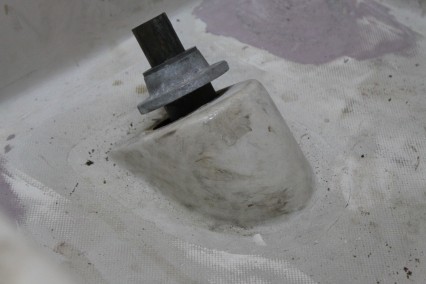
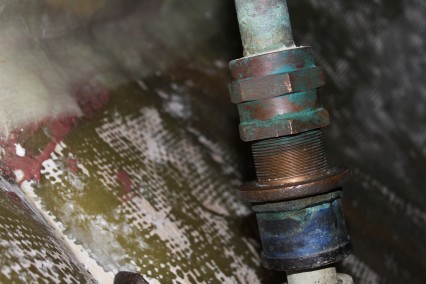
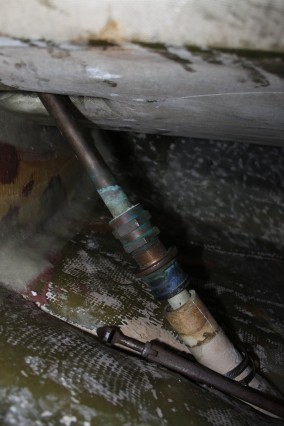
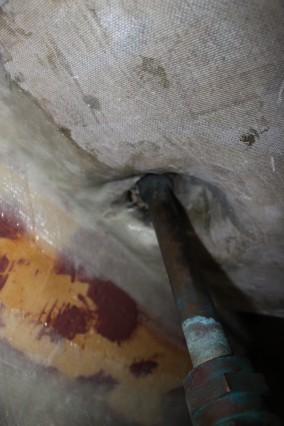
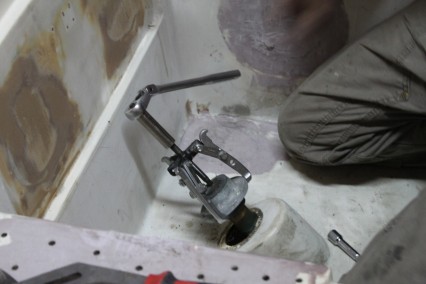
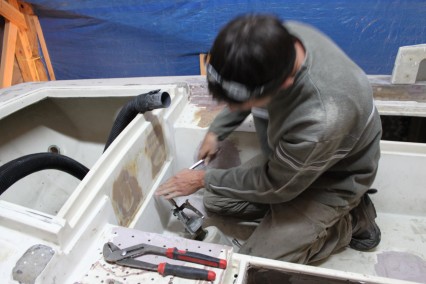
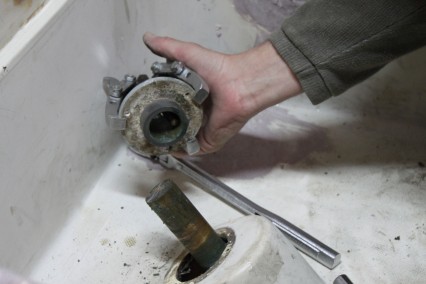
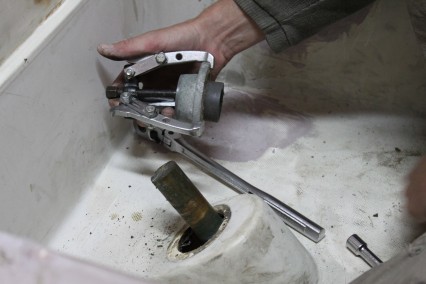
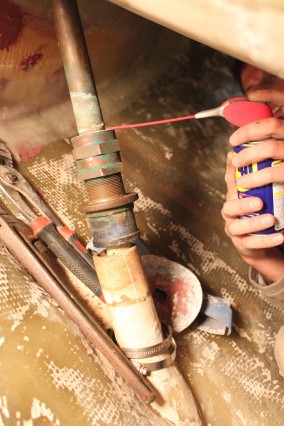
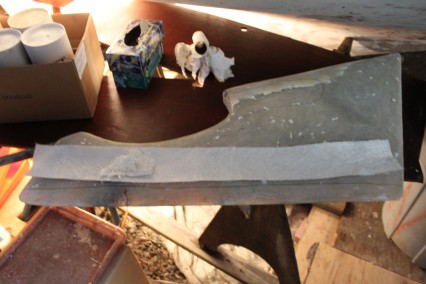
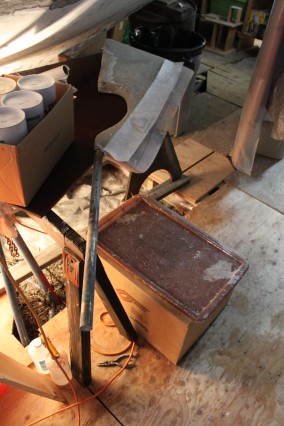
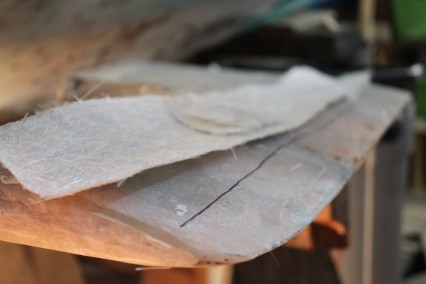
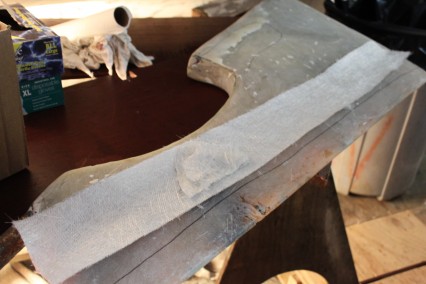
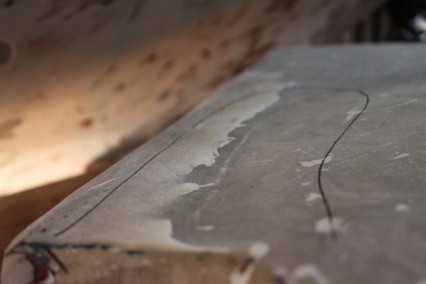
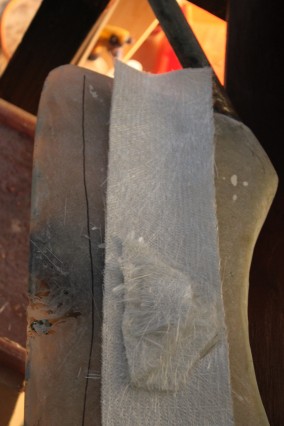
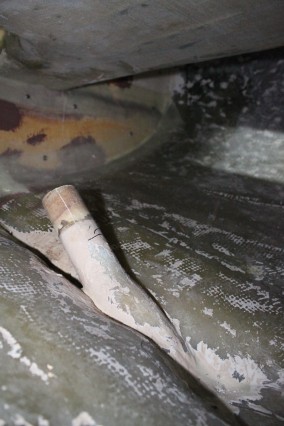
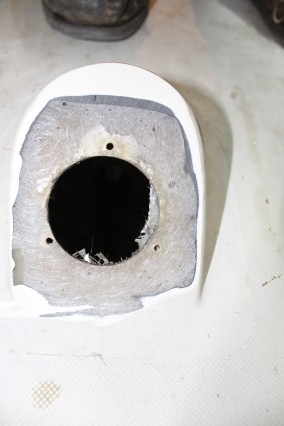
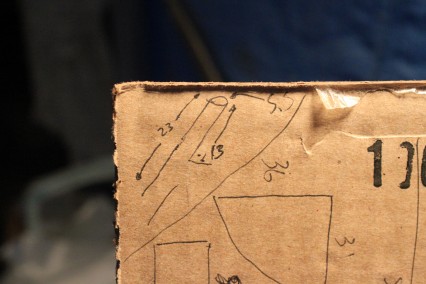
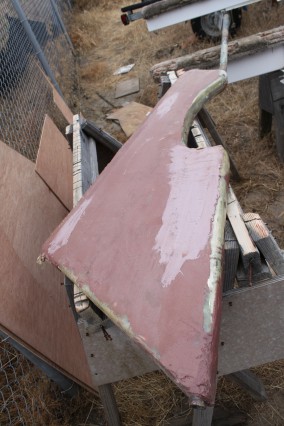
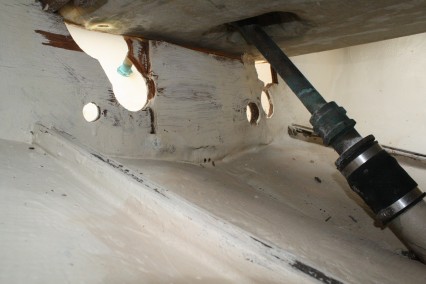
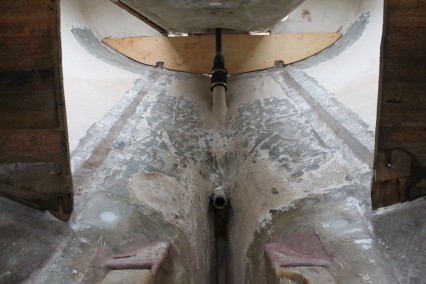
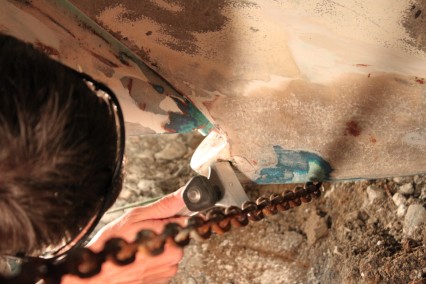
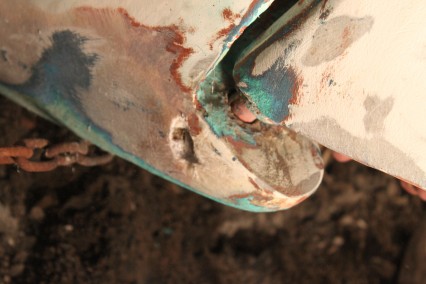
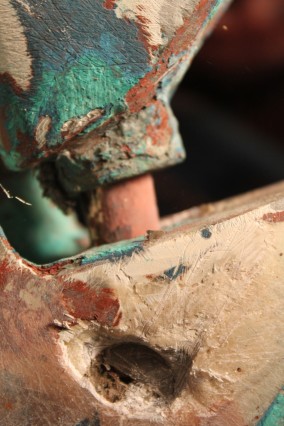
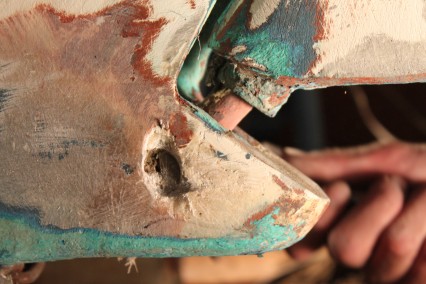
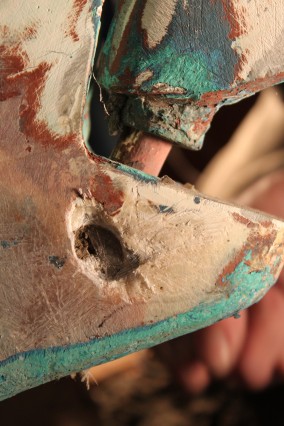
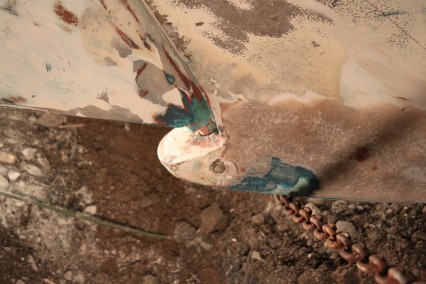
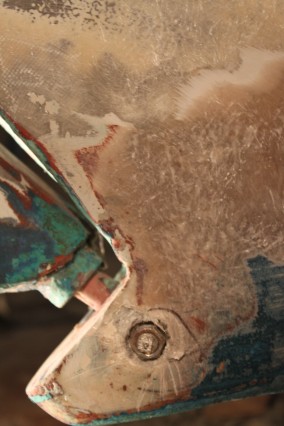
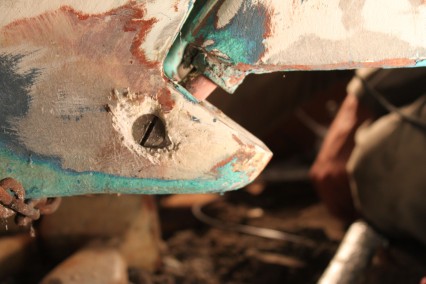
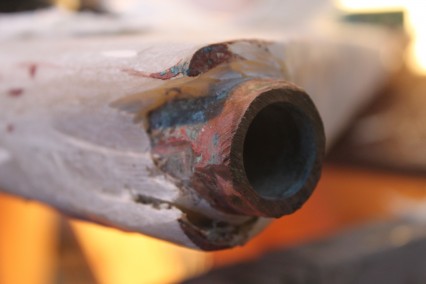
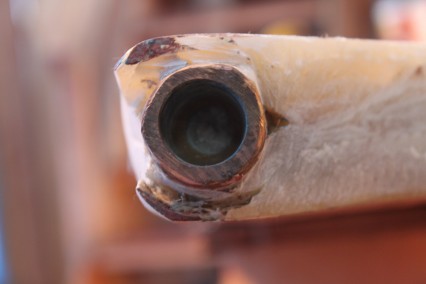
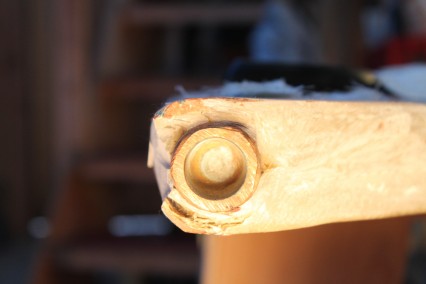
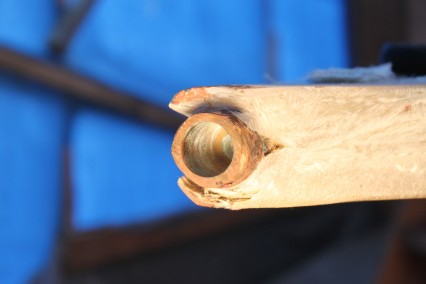
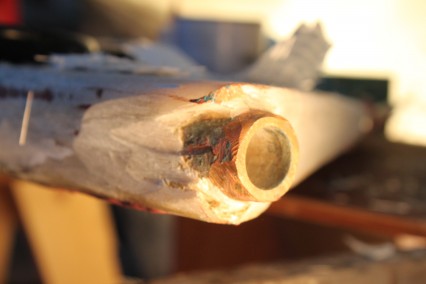
Comment Form